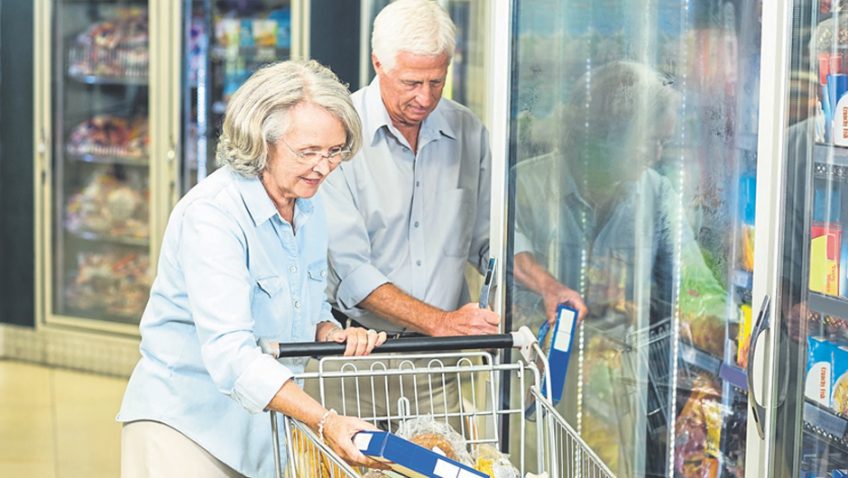There have been huge changes in the way we shop – particularly in the world of groceries.
From the end of rationing in the 1950s shopping for food has changed out of all recognition. From standing in queues and having to buy only food that was in season we can now access any produce from anywhere in the world and have it delivered at a time to suit us.
The emergence of the supermarket after the war changed our eating habits as well as purchasing options. Smaller shops have struggled to remain in the grocery market and with the exception of specialist food shops and delicatessens, they normally have to join a group to get anywhere near the purchasing power needed to stay in economic contention.
Convenience stores
So the term “convenience store” came into being. A store with less than 3,000 sq ft (280 sq m) is typically defined by retailers as a ‘Convenience’ store. With the advantage of not being affected by the Sunday Trading Act (which restricts opening hours on Sunday), and a general trend towards more frequent grocery shopping trips, for a number of years forecasters have predicted strong growth in this sector.
In the Convenience sector location is all important. Being in the right place, with the right catchment, good parking and access is vital. This makes it easier to stock a range that matches your shopper needs especially if you are in a work place or residential only area.
With all this in mind the big supermarkets have branched out into the smaller convenience market with Tesco Extra, Sainsbury’s Local which are challenging the likes of One-Stop, Budgens and Spar.
While we recognise the branding and deals that we can get at large stores, the smaller local shops do charge higher prices and it may well be that we need to be more vigilant in these days of rising inflation.
Trust
A recent survey of special offers on display has caused some suspicion and the prevalence of loyalty cards and the information contained on databases is worrying to some. Some hypermarkets are so big they can be daunting to nervous or disabled shoppers: there is a lot to be said for the smaller outfit and with the trend towards locally produced and seasonal goods, we are maybe abandoning the out of town big shopping trip.
Tesco and Bookers
With Tesco announcing a £3.7bn takeover of cash-and-carry giant Booker the convenience store market has come under renewed scrutiny. The surprise move has caused upset with around 80% of the UK’s 41,000-plus convenience stores still independents or belonging to buying groups such as Costcutter or Nisa (known as the “symbol groups” in the industry).
This will probably effect what is known as the “out of home” food category as we consume food at restaurants, fast food chains, coffee shops and pubs many of which are supplied by Bookers. It may be that Tesco’s will open outlets in their larger stores or be able to supply products to these businesses.
But a decade of aggressive convenience-store opening programmes by the likes of Tesco and Sainsbury’s, coupled with the rise of discounters Aldi and Lidl, means it has been getting harder for small shopkeepers to survive.
Today there are 19,000 independents who source their own stock – often from cash-and-carry outlets owned by Booker – while another 15,000 are members of a symbol group, like Patel, or a franchise network.
It was Napoleon who described Britain as a nation of shopkeepers and we certainly spend a lot of time in their emporia.
We are interested to know how are readers shop. If you think convenience stores important to the local economy and how important is price to you?




